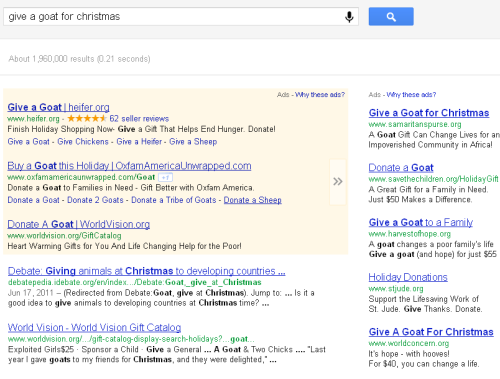Elie recently highlighted his doubts about our top charities, and a commenter responded:
Of course one ultimately never knows how much good a charity or any given donation will do. Bednets might end up saving the life of child who grows up to be the next Nelson Mandela – or the next Saddam Hussein. Everything we do is a gamble, but I’d like to make the best ones I can. These two charities look like good gambles.
I agree completely, but I’m still glad Elie emphasized these risks. Because in one specific way, supporting our top charities is riskier than supporting any other charity: if something goes wrong with one of our top charities, it will come out promptly and publicly.


 People sometimes ask us whether they should give now, or save their money and give (including the interest/returns they accrue on their money) later. We don’t think there’s a clear answer. Here are the major issues as I see them, when thinking about my own giving. Bottom line – my favored strategy at the moment is to give regularly (a set percentage of my income each year).
People sometimes ask us whether they should give now, or save their money and give (including the interest/returns they accrue on their money) later. We don’t think there’s a clear answer. Here are the major issues as I see them, when thinking about my own giving. Bottom line – my favored strategy at the moment is to give regularly (a set percentage of my income each year).